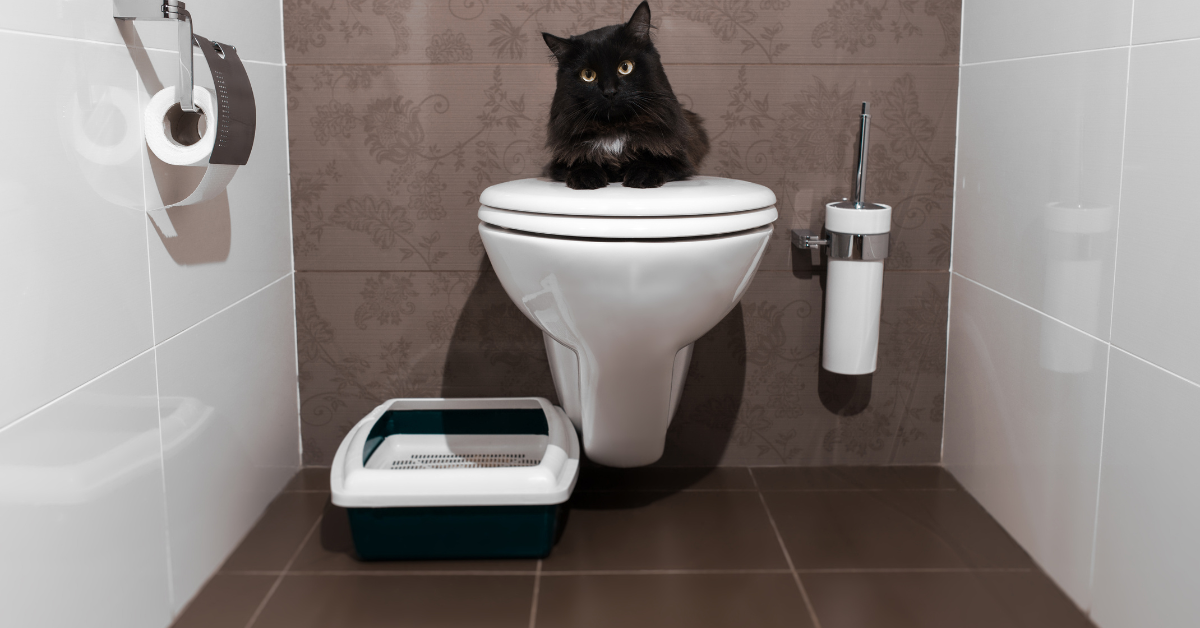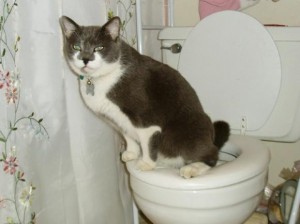Potential Issues of Flushing Cat Poop Down Your Toilet - Safeguard Your Pipes
Potential Issues of Flushing Cat Poop Down Your Toilet - Safeguard Your Pipes
Blog Article
The publisher is making several good annotation on How to Dispose of Cat Poop and Litter Without Plastic Bags as a whole in this article in the next paragraphs.

Introduction
As feline proprietors, it's important to bear in mind just how we deal with our feline buddies' waste. While it may seem convenient to flush feline poop down the bathroom, this technique can have damaging effects for both the atmosphere and human wellness.
Ecological Impact
Purging feline poop introduces hazardous microorganisms and bloodsuckers right into the water, positioning a substantial danger to marine ecological communities. These contaminants can adversely impact marine life and concession water quality.
Wellness Risks
Along with ecological problems, purging feline waste can likewise posture health and wellness dangers to humans. Cat feces may consist of Toxoplasma gondii, a bloodsucker that can cause toxoplasmosis-- a potentially severe ailment, particularly for expecting ladies and people with damaged body immune systems.
Alternatives to Flushing
The good news is, there are more secure and extra responsible methods to dispose of cat poop. Think about the adhering to alternatives:
1. Scoop and Dispose in Trash
The most common method of getting rid of cat poop is to scoop it right into a naturally degradable bag and toss it in the garbage. Be sure to utilize a committed clutter inside story and deal with the waste promptly.
2. Use Biodegradable Litter
Choose biodegradable feline clutter made from products such as corn or wheat. These trashes are environmentally friendly and can be securely disposed of in the trash.
3. Hide in the Yard
If you have a lawn, take into consideration burying pet cat waste in a designated location away from veggie gardens and water resources. Make sure to dig deep adequate to stop contamination of groundwater.
4. Install a Pet Waste Disposal System
Purchase a pet garbage disposal system specifically created for feline waste. These systems use enzymes to break down the waste, minimizing smell and environmental impact.
Conclusion
Accountable pet possession extends past providing food and shelter-- it additionally involves appropriate waste monitoring. By refraining from purging pet cat poop down the bathroom and going with alternative disposal approaches, we can reduce our ecological impact and secure human health.
Why Can’t I Flush Cat Poop?
It Spreads a Parasite
Cats are frequently infected with a parasite called toxoplasma gondii. The parasite causes an infection called toxoplasmosis. It is usually harmless to cats. The parasite only uses cat poop as a host for its eggs. Otherwise, the cat’s immune system usually keeps the infection at low enough levels to maintain its own health. But it does not stop the develop of eggs. These eggs are tiny and surprisingly tough. They may survive for a year before they begin to grow. But that’s the problem.
Our wastewater system is not designed to deal with toxoplasmosis eggs. Instead, most eggs will flush from your toilet into sewers and wastewater management plants. After the sewage is treated for many other harmful things in it, it is typically released into local rivers, lakes, or oceans. Here, the toxoplasmosis eggs can find new hosts, including starfish, crabs, otters, and many other wildlife. For many, this is a significant risk to their health. Toxoplasmosis can also end up infecting water sources that are important for agriculture, which means our deer, pigs, and sheep can get infected too.
Is There Risk to Humans?
There can be a risk to human life from flushing cat poop down the toilet. If you do so, the parasites from your cat’s poop can end up in shellfish, game animals, or livestock. If this meat is then served raw or undercooked, the people who eat it can get sick.
In fact, according to the CDC, 40 million people in the United States are infected with toxoplasma gondii. They get it from exposure to infected seafood, or from some kind of cat poop contamination, like drinking from a stream that is contaminated or touching anything that has come into contact with cat poop. That includes just cleaning a cat litter box.
Most people who get infected with these parasites will not develop any symptoms. However, for pregnant women or for those with compromised immune systems, the parasite can cause severe health problems.
How to Handle Cat Poop
The best way to handle cat poop is actually to clean the box more often. The eggs that the parasite sheds will not become active until one to five days after the cat poops. That means that if you clean daily, you’re much less likely to come into direct contact with infectious eggs.
That said, always dispose of cat poop in the garbage and not down the toilet. Wash your hands before and after you clean the litter box, and bring the bag of poop right outside to your garbage bins.
https://trenchlesssolutionsusa.com/why-cant-i-flush-cat-poop/

I stumbled upon that write up about Don’t flush cat feces down the toilet when doing a lookup on the internet. Make sure you take the opportunity to distribute this blog post if you appreciated it. Thank you for your time. Come back soon.
This Post Report this page